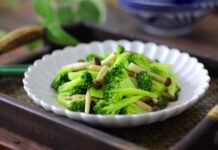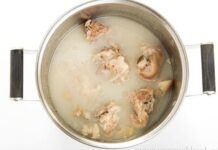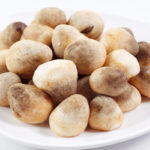Quail Eggs Are the Most Nutritious
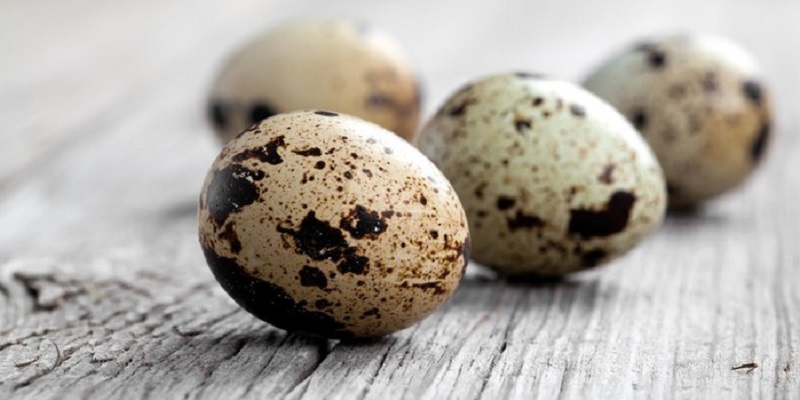
Compared to chicken, duck, and goose eggs, quail eggs are the best and most suitable for the sick, the elderly, children, and pregnant women.
– Quail eggs contain three times more Iron and Vitamin A than chicken eggs.
– Cholesterol content is only a third of that in chicken eggs.
When it comes to protein content, goose eggs have significantly more protein than chicken and duck eggs, but they also have the highest fat and cholesterol levels among these options. Therefore, goose eggs are not recommended for pregnant women or those with cardiovascular issues. Duck and chicken eggs have comparable protein levels, but duck eggs contain far more minerals, especially iron and calcium.
Shell Color Has No Impact on Egg Quality
The quality of an egg has nothing to do with the color of its shell. Typically, darker-feathered chickens lay darker eggs, while white-feathered chickens lay white eggs. Sometimes, chickens even lay green eggs.
Generally, chickens with darker feathers tend to eat more than those with white feathers, resulting in larger eggs. Additionally, darker eggs have thicker shells, which means they can be stored for longer periods.
Yolk Color Doesn’t Affect Nutritional Value
The yolk’s color does not influence the egg’s value but rather its flavor. A darker yolk indicates that the chicken had a diverse diet and was likely free-range, able to forage for its food. As a result, their eggs tend to have a richer flavor.
Chickens that consume corn, rice, grains, and vegetables rich in xanthophyll pigments will lay eggs with deep yellow-orange yolks. On the other hand, chickens that primarily eat rice will lay eggs with pale yellow yolks.
Double-Yolk Eggs Are Perfectly Safe
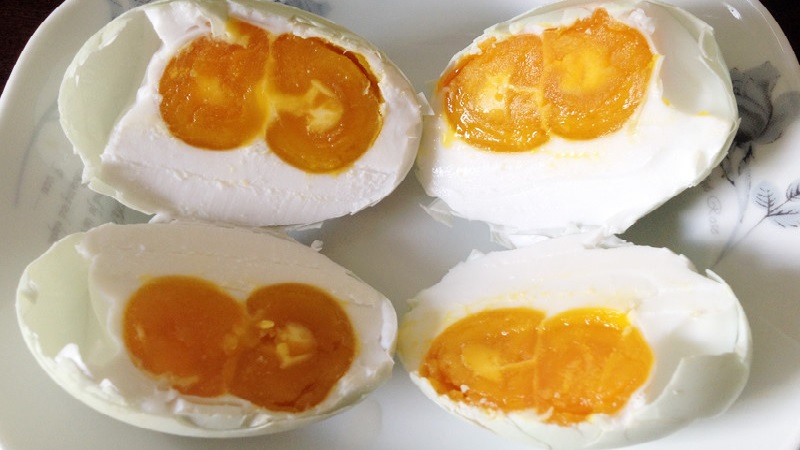
Double-yolk eggs are a normal physiological occurrence and are not only safe to consume but also provide higher nutritional value than single-yolk eggs. These eggs are also larger in size.
However, it’s important not to overindulge in double-yolk eggs as the additional yolk means more cholesterol, which is not ideal for those with cardiovascular issues or high blood fat levels.
Soft-Boiled Eggs Are the Best Way to Eat Eggs
– Eating raw eggs only allows the body to absorb 30%-50% of the nutrients. Consuming raw eggs can also hinder the absorption of vitamins and nutrients, and the raw egg white can harbor harmful bacteria.
– Overcooking boiled eggs can lead to the formation of metal sulfides from the interaction of ions in the yolk and sulfur in the white, making it difficult for the body to absorb.
– The body can absorb up to 92.5% of the nutrients from soft-boiled eggs.
– Fried eggs provide about 81.1% nutrient absorption.
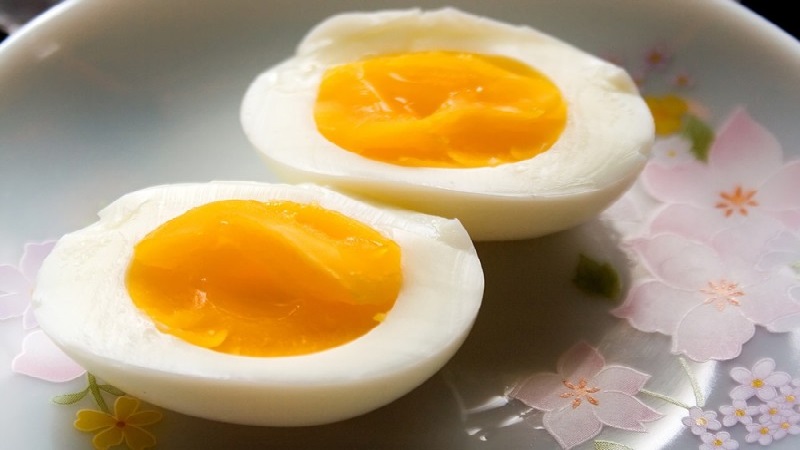
Soft-boiled eggs with slightly runny yolks are the best option, as they allow the body to absorb up to 98% of the nutrients.
See also:
Boiling and Steaming Creates the Perfect Soft-Boiled Egg
There are various methods for making soft-boiled eggs, but the simplest one is to boil the water, turn off the heat, and let the eggs sit in the hot water. The length of time you let the eggs sit depends on your preference for doneness:
– 3 minutes: Runny yolk, firm white.
– 6 minutes: Runny in the middle.
– 8 minutes: Soft yolk.
– 10 minutes: Soft-set yolk.
– 12 minutes and above: Fully cooked yolk.
How to Tell if an Egg is Fresh
Fresh eggs have rougher shells and are coated with a thin layer of powder. When held up to the light, the air pocket is very small, and the egg feels heavy. According to French standards, freshly laid eggs have an air pocket of less than 2 mm2, while very fresh eggs have a pocket of 4 mm2. Fresh eggs have a pocket of 6 mm2, and those that are 9 mm2 or larger are considered old.
Don’t Wash Eggs
Freshly laid eggs have a protective coating with 1,000 to 15,000 tiny pores that allow the egg to breathe and prevent bacterial invasion. Washing the eggs removes this protective layer, making it easier for bacteria to enter. The best way to clean dirty eggs is to use a soft cloth to wipe each egg gently.
Store Eggs with the Small End Down to Prevent Breakage
The shell at the larger end of the egg is always thinner and more fragile than the smaller end. When stored with the larger end down, the weight of the egg puts pressure on the thinner shell, making it more prone to breakage. Additionally, storing eggs with the larger end down can cause the yolk to stick to the shell, leading to faster spoilage.
Older Eggs Are Easier to Peel
When boiling eggs, older eggs are easier to peel than fresh ones. This is because older eggs have air pockets that form inside, causing the egg to pull away from the shell slightly.
Fertilized Eggs Are More Nutritious
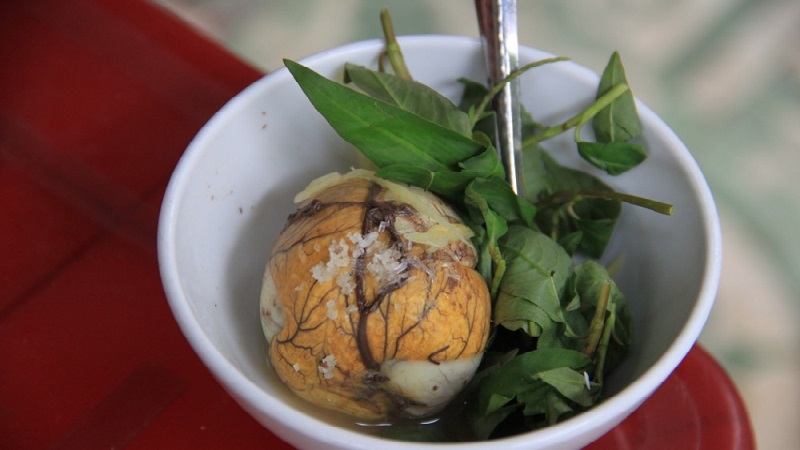
Fertilized eggs, where the embryo has started to form, contain higher levels of nutrients than regular eggs. However, due to their extremely high nutritional content, they can be challenging for children to digest and may cause stomach discomfort. Because of their high nutritional value, it is recommended not to consume too many fertilized eggs, as they can be difficult to absorb.
There Is No Exact Recommendation for Egg Consumption
Eggs are a great source of protein, minerals, and vitamins, and they contain minimal harmful cholesterol. Depending on your needs, you can consume 2-3 eggs per week, one egg per day, or even more if you’re looking to boost your health.
Refrigerated Eggs Can Last Up to 2 Months
Eggs collected immediately after laying can be stored for up to 2 months in the coldest part of the refrigerator. If stored in the door of the fridge, the shelf life may be shorter.
The information we provide will help you choose the right eggs and easily balance your daily nutrition with eggs. Come to us to choose eggs that are guaranteed in terms of origin and food hygiene and safety!
Source: giadinh.vnexpress.net
Unlock Benefits of Meowington’s Meow-tastic Feline Elixir for an Exciting Feverish High
Vietnamese people’s fondness for mangoes is well-known, and they are more than just delicious tropical fruit. Not only do mangoes boast a sweet and sour taste that make them popular for both snacking and cooking, but they also offer a host of health benefits to those who consume them. Originating from Africa, mangoes are now widely grown in both Asia and Latin America.
Unveiling the Miraculous Benefits of Mushrooms
From the savory flavor they offer in dishes to their vast array of health benefits, mushrooms are a major force in the culinary world. Not only are they known as a delicious ingredient in countless recipes, but their impressive benefits can help to fight obesity, high blood pressure, and even cancer prevention.
“Effortlessly Peel Quail Eggs with Two Common Kitchen Ingredients”
Preparing a delectable dish with quail eggs can be quite the challenge, due to their small size and difficult-to-remove shells. Cooking with quail eggs can take longer than usual, as you never know when you will have finally peeled all of them needed for your meal.











